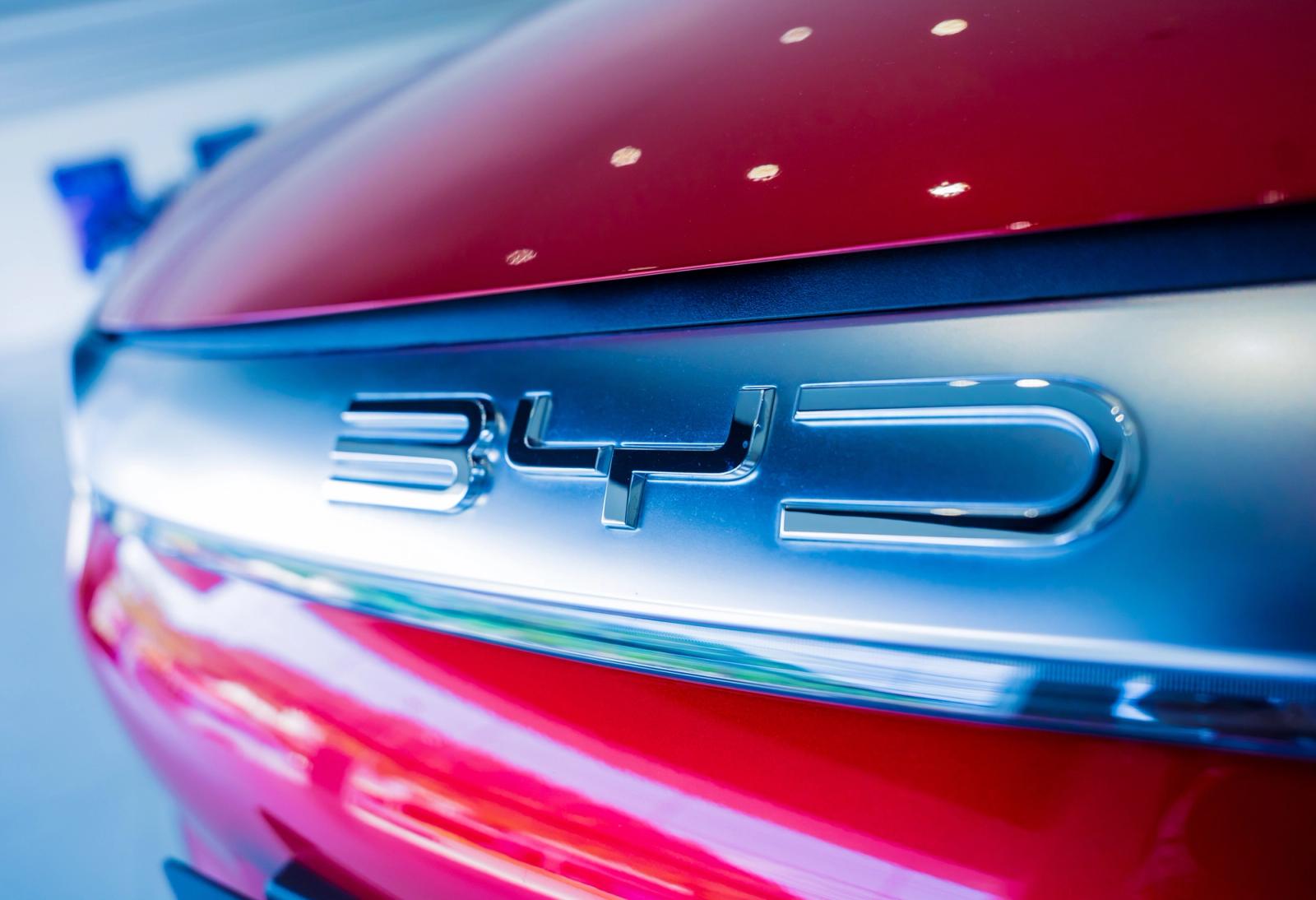The Topline
- Ottawa has been reviewing the 100-per-cent tariff on Chinese-made electric vehicles (EVs), while Beijing has signaled it could ease tariffs on Canadian agriculture products if it does so
- While there’s no deal yet, The Wire China reported that Ottawa is considering dropping the tariff
- Canada hit Chinese-made EVs with a 100 per cent tariff effective Oct. 1, 2024, and China hit back with retaliatory tariffs targeting Canadian canola, rapeseed and other agri products
We’re throwing the baby out with the bath water
Canada’s climate plan leans hard on EV adoption , which means we probably shouldn’t make the cheapest EVs in the world unattainable for most people.
A blanket 100 per cent tariff on Chinese-made electric cars jacks the sticker price so high that none of these vehicles will make it to the lot – making it next to impossible to align climate targets with real-world consumer behaviour. If Ottawa truly wants Canadians to move away from combustion engines, then this should be a theoretical no-brainer.
Chinese brands, like ‘em or not, are producing competent EVs at prices that undercut North American and European offerings by thousands of dollars. Canada’s blanket tariff neutralizes that advantage and, with it, a critical on-ramp for first-time EV buyers: young families, rideshare drivers, urban fleets, and so on. We’re pricing these buyers out, and right back into more gas vehicles. EVs sales have stalled across Canada , in large part because of a lack of affordability. No. Brainer.
There’s plenty of debate around the industrial policy of this move, which is meant to protect the domestic Canadian EV ecosystem, and that’s fair enough. But the hard truth of it is, the climate doesn’t care about any of that. The planet is warming faster than any of us should be comfortable with, and transport accounts for 23 per cent of Canada’s emissions . Cutting as much of that as possible, as soon as possible, is a win for all of us – future generations especially.
Canada is already off-track for its 2030 emissions targets , and this blanket tariff doesn’t help that. Every dollar you tack onto an entry-level EV pushes a buyer down the price ladder and possibly off the EV ladder entirely. That’s not theoretical. Municipal car-share programs, delivery fleets, trades vans – these are cost-sensitive buyers who will electrify when the math works.
A more surgical approach, similar to what the EU is attempting (with mixed results, mind you) could leave room for Chinese EVs, while still checking predatory pricing of these vehicles. We need industrial policy that actually interacts with the climate file.
So what?
A blanket 100% tariff effectively blocks some of the world’s most affordable EVs, slowing consumer adoption and climate targets. Economists and analysts have urged a rethink or a more surgical, EU-style approach.
We need to hold the line
It’s a precarious time for Canada’s auto industry and we risk becoming a nation of permanent importers. Canada has invested billions to develop an EV supply chain and letting cheap imports sweep the market could obliterate those efforts.
If we want an EV industry in Canada, we shouldn't allow a tidal wave of cheap imports from the world’s most heavily state-backed competitor. If Canada opens the gates, our fledgling battery plants, parts suppliers, and final assembly lines could get flattened before the ecosystem is fully functional.
China’s EV makers are backed by years of a coordinated state program to produce their vehicles, which has produced overcapacity. If these vehicles don’t find a home abroad, they risk dragging down China’s domestic margins . The temptation for Beijing is to dump them into open markets, and is trying to force Canada’s hand here by imposing tariffs on our agricultural products.
This proves the point of the tariffs – if we drop our guard in autos, we’ll be negotiating every other sector on our knees. Capitulating on autos to win a short-term reprieve on agriculture risks another shakedown down the line. It also risks further instability in negotiations with the U.S.
What these tariffs do is buy us time to get our domestic ecosystem fully operational. Entry-level buyers matter, and companies prioritize their budgets for their fleets, which means we need to address affordability directly – targeted point-of-sale rebates for low- and middle-income buyers, aggressive financing for used EVs, and procurement guarantees that pull volume through Canadian factories, are some potential solutions.
A 100 per cent tariff doesn’t need to remain in place forever, but right now, without it, ultra-cheap Chinese EVs could undercut North American makers before Canada’s EV bets are fully integrated.
So what?
Canada is right in the middle of a once-in-a-generation manufacturing pivot. Dropping the tariff now would swap a durable industrial base for a short-term discount and a permanent dependency.

